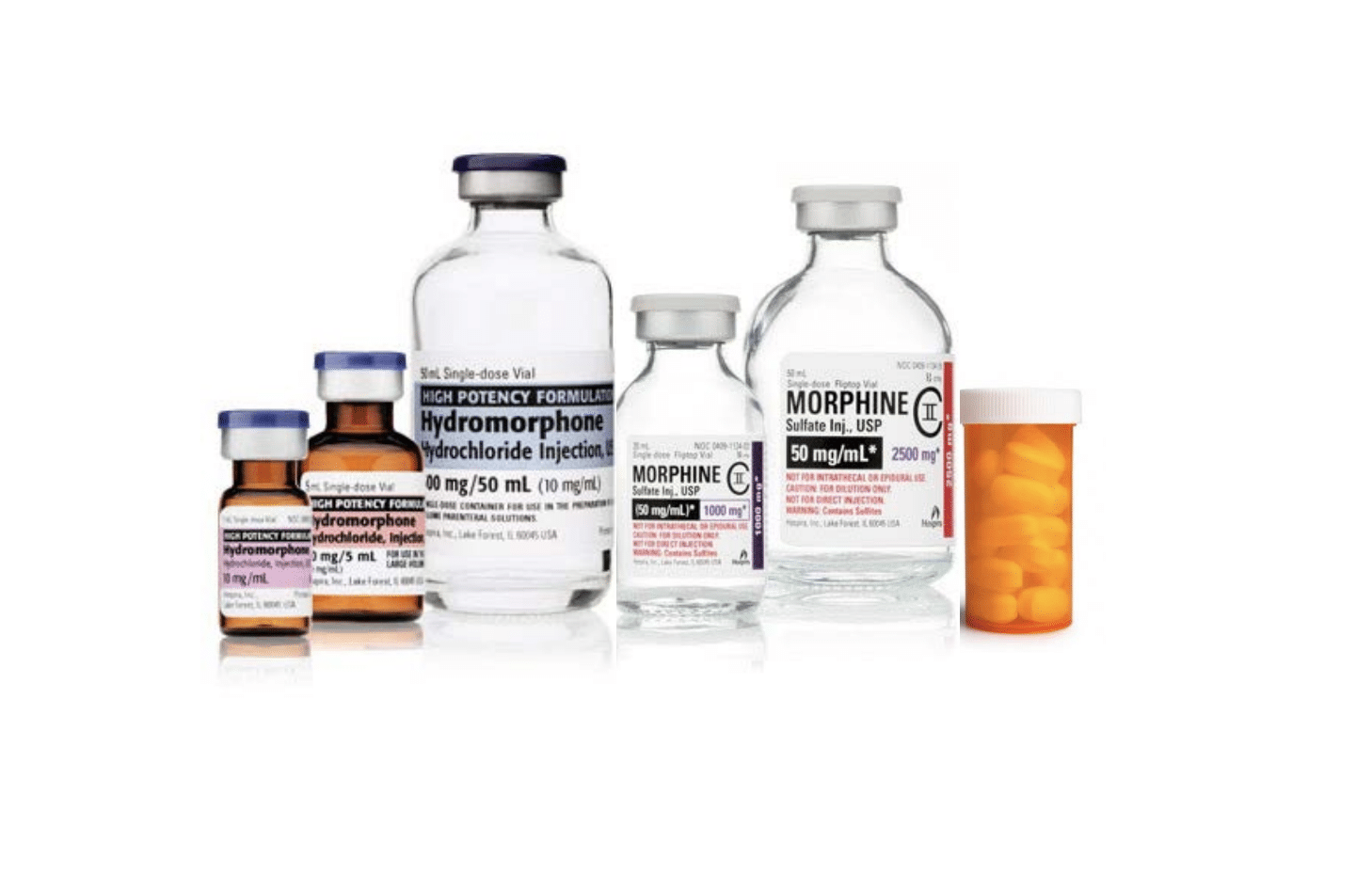A small safe supply program in Hamilton, Ontario, is expanding. It has no funding, a capacity limited to a few dozen participants and it can’t offer pharmaceutical heroin. Yet it’s the only authorized safe supply program in the city, underscoring both the momentum behind medical providers facilitating safe supply in Canada and the glaring inadequacy of medicalized models to ultimately meet drug users’ needs.
Three years ago, infectious disease and internal medicine physician Dr. Tim O’Shea began prescribing opioids to certain patients he was already seeing for HIV and hepatitis C-related care, helping them maintain a degree of bodily autonomy and reduce their risk of overdose from being forced to rely only on the unregulated, adulterated street supply. Over time he expanded the service, and began getting more requests than he had the capacity to meet alone.
In August 2021, he and the three other co-organizers—family physician Dr. Claire Bodkin, emergency medicine physician Dr. Lauren Cook-Chaimowitz, and program coordinator Marcie McIlveen—began planning what on January 3 rolled out as Support and Safer Supply (SASS). Expanded clinic hours will begin January 6. The program operates under Hamilton Social Medicine Response Team, with which all four organizers are affiliated.
The expansion is modest—what had been one provider prescribing safe supply one afternoon per week is now three providers and a program coordinator operating two afternoons per week. O’Shea has been serving 20-25 participants; the organizers will now be able to accommodate around 40.
“We anticipate that we will not even be able to reach 5 percent of the people who might benefit from this in Hamilton,” Bodkin told Filter. The newly added clinic hours will likely reach capacity in a matter of weeks.
SASS receives no government funding. Larger safe supply programs are almost entirely funded by Health Canada, but there’s currently no government fee-for-service model that would fit SASS and its participants. Bodkin and her colleagues can bill the Ontario Health Insurance Program for certain services, but not at a level that would allow them to do this work full-time.
McIlveen’s salary comes from partner organizations. The AIDS Network is providing the physical space. The rest is donated time and donated supplies.
SASS is currently housed in the AIDS Network offices in downtown Hamilton. The city has an authorized safe consumption site, and advocates have been fighting to open a second site operated by the AIDS Institute. If the site is approved, SASS will move its offices to join it.
Participants can access the clinic via outside referral—providers of medications for opioid use disorder, hospitals, family doctors—but can also refer themselves. For the latter, they can simply call or email or walk in to initiate the self-referral process, as long as there’s space. Local partner organization Keeping Six is facilitating connections, too.
“People who use drugs have been very clear that that’s not sufficient.”
The specific substances SASS offers will be life-saving for some of the participants able to access them, but don’t constitute safe supply in then true sense of the term.
Most patients the program sees are very low-income and on the Ontario Disability Support Program, which provides access to a drug formulary called the Ontario Drug Benefit. It covers 8 mg Dilaudid (hydromorphone) tablets and slow-release oral morphine, the latter of which has to be taken under daily supervision. Those are the two options SASS is able to prescribe.
“People who use drugs have been very clear that that’s not sufficient,” Bodkin said. “There’s been some conversations around prescribing liquid hydromorphone, but the concentration that’s required isn’t covered on formulary … So we need to keep pushing for different options to be covered.”
A robust, well-supported program would offer participants a wide selection of substances that could be tailored to individual wants and needs, and would definitely include diacetylmorphine as well as stimulants.
SASS program criteria specifically apply to people at risk of opioid-involved overdose, but even if they didn’t, Bodkin said the team still wouldn’t be able to prescribe a safe supply of stimulants (like Desoxyn, pharmaceutical methamphetamine) because the formulary doesn’t include any.
“And a lot of the folks we know use opioids and stimulants. Or use stimulants but they happen to be contaminated with opioids. Or use opioids and they are contaminated with benzodiazepines,” Bodkin said. “It’s just a very messy drug supply right now.”
A small number of addiction medicine providers around Hamilton have also begun prescribing some form of safe supply through their practices, and Bodkin and her colleagues hope to connect with them and work toward expanding access. They also know that this still won’t be enough.
“We need a non-physician, non-medicalized approach to safe supply,” Bodkin said. “This is a stopgap, given the current poisoned drug supply and that we don’t have a safe supply yet in Canada at a widely available, regulated level. This is not the thing that’s going to end the crisis.”
Photograph via United States Food and Drug Administration





Show Comments